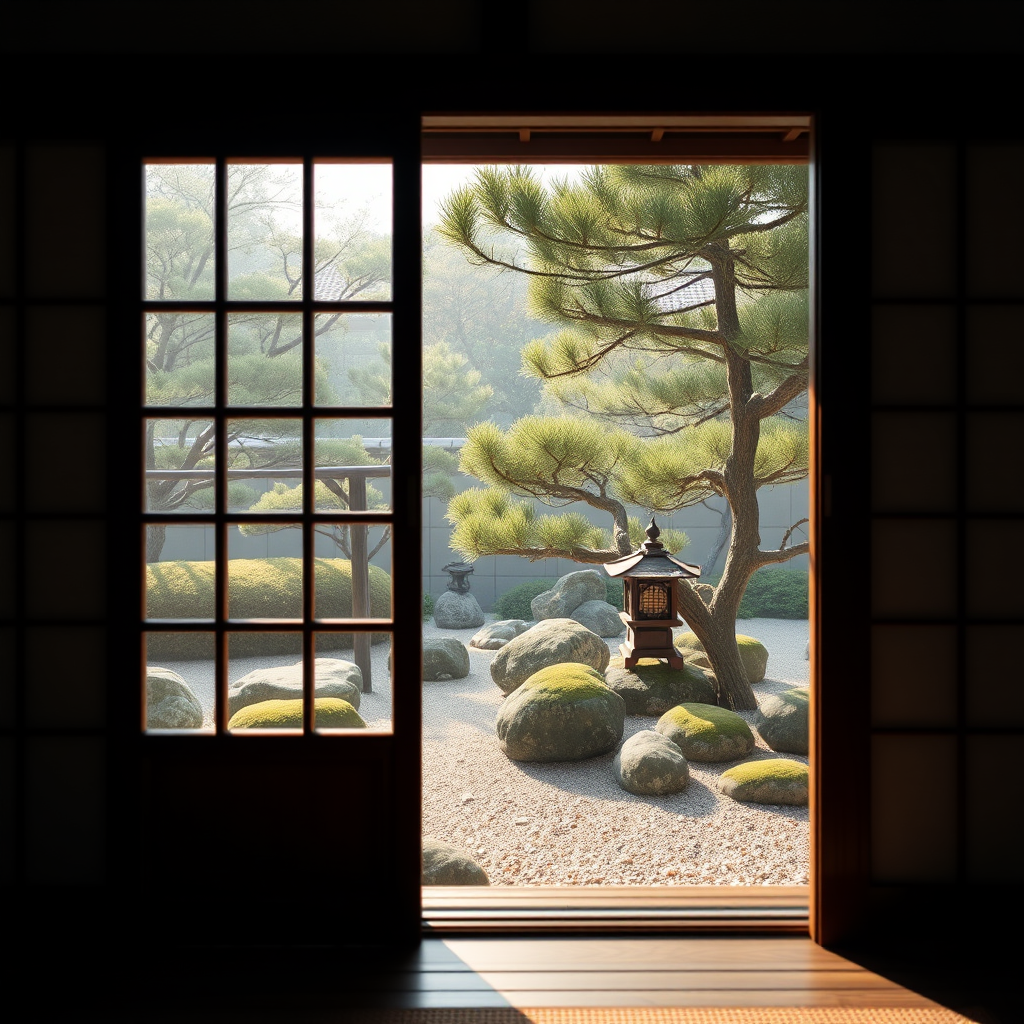The Art of Japanese Tea Ceremony: A Journey Through Tradition
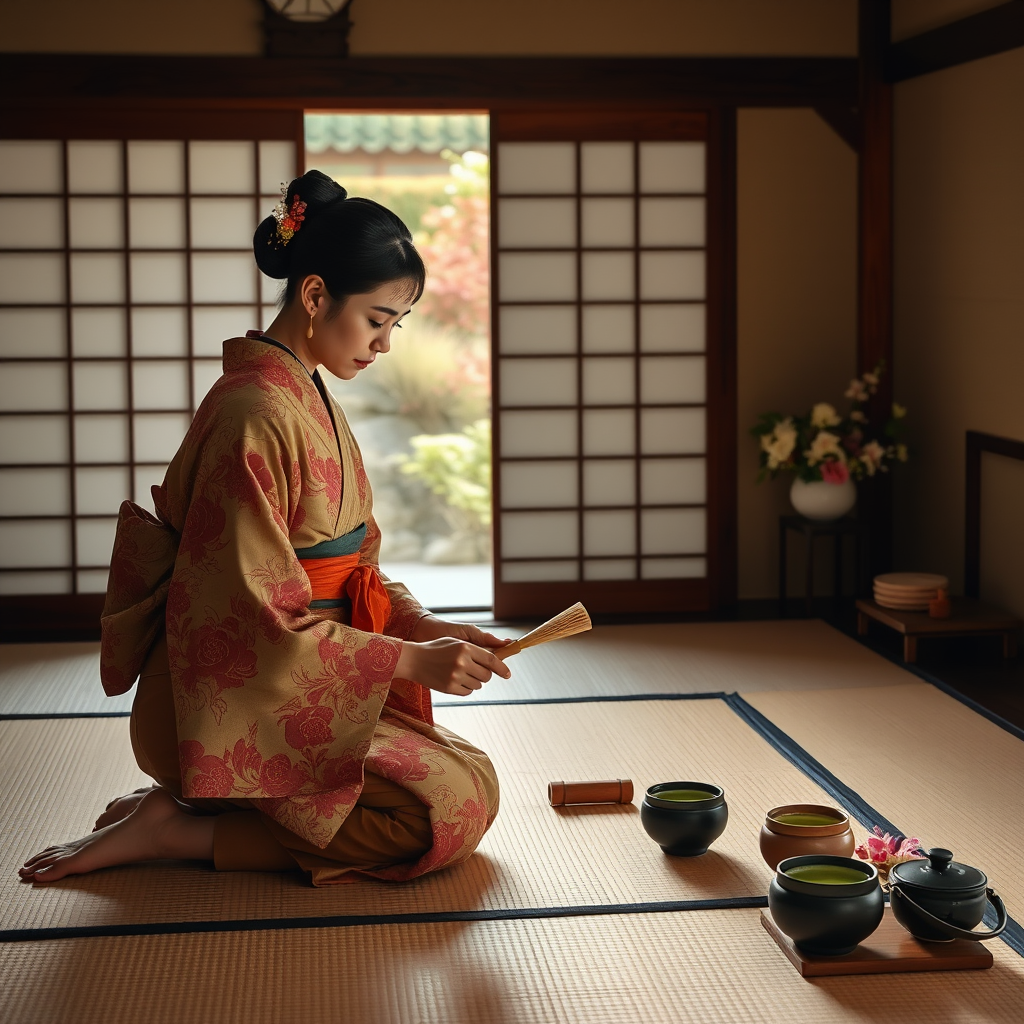
Step into the serene world of chanoyu, where every movement carries centuries of wisdom and every sip connects you to the soul of traditional Japan. The Japanese tea ceremony is far more than a simple beverage preparation—it's a profound spiritual practice that embodies the essence of Japanese aesthetics and philosophy.
The Sacred Ritual of Chanoyu
The Japanese tea ceremony, known as chanoyu or sadō, represents one of Japan's most refined cultural arts. This ancient practice transforms the simple act of preparing and serving tea into a meditative experience that celebrates harmony, respect, purity, and tranquility—the four fundamental principles known as wa, kei, sei, and jaku.
During a traditional tea ceremony, guests enter a specially designed tea room through a small entrance called nijiriguchi, symbolically leaving the outside world behind. The host, dressed in elegant kimono, performs each movement with deliberate grace, from the careful arrangement of utensils to the rhythmic whisking of matcha powder into a frothy, jade-green tea.
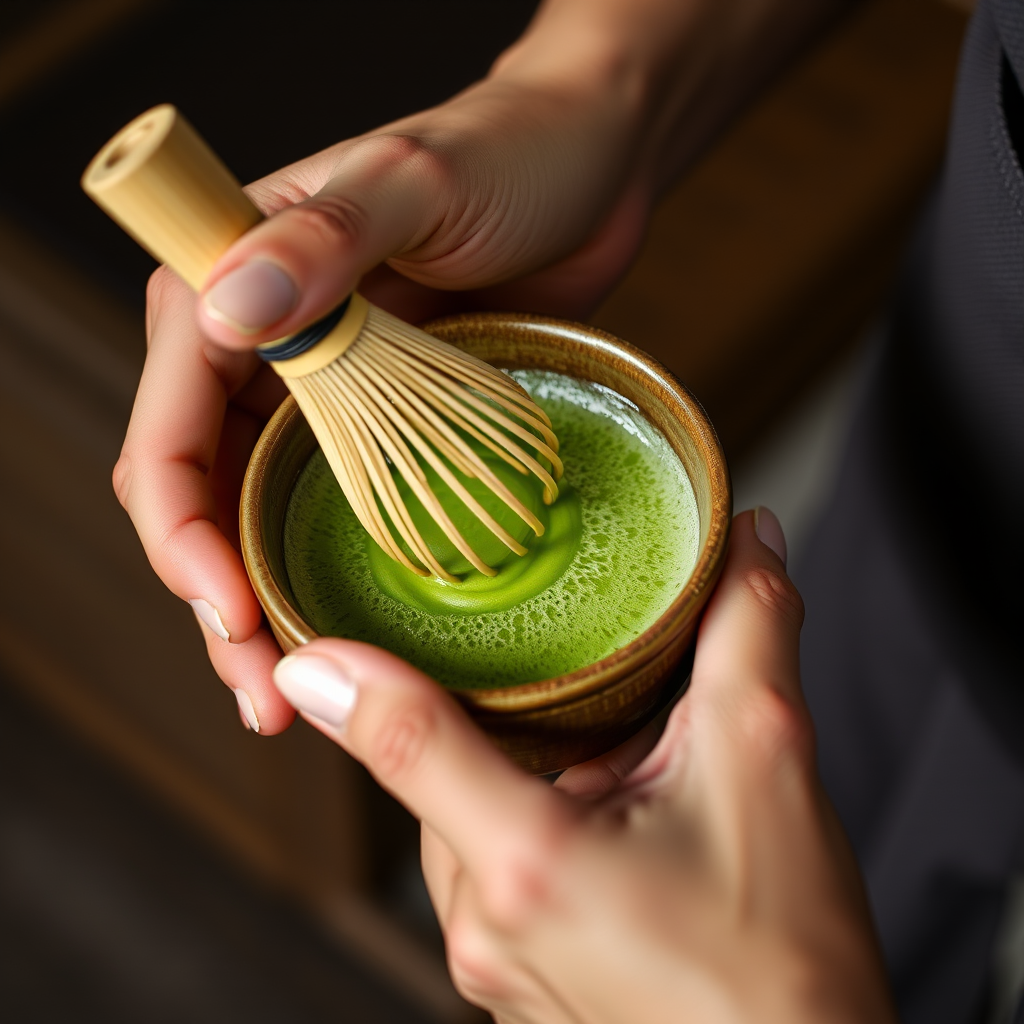
Seasonal Beauty and Philosophical Depth
One of the most captivating aspects of the tea ceremony is its deep connection to Japan's seasonal rhythms. Each ceremony reflects the current season through carefully chosen utensils, flower arrangements, and even the specific type of sweets served alongside the tea. Spring ceremonies might feature cherry blossom motifs, while autumn gatherings celebrate the changing leaves with warm, earthy tones.
The philosophical foundations of chanoyu draw from Zen Buddhism and emphasize the concept of ichigo ichie—"one time, one meeting." This principle reminds participants that each tea gathering is unique and will never be repeated exactly the same way, encouraging mindful presence and appreciation for the moment.
"In the tea ceremony, we find not just the preparation of tea, but the cultivation of the spirit and the celebration of life's fleeting beauty."
The Intricate Dance of Preparation
Every aspect of the tea ceremony follows precise choreography passed down through generations. The host begins by purifying each utensil with specific cloths and movements, demonstrating respect for the tools and the process. The preparation of matcha itself is an art form—the powder must be whisked in a particular pattern to achieve the perfect consistency and temperature.
Guests participate in this ritual through their own prescribed actions: admiring the tea bowl before drinking, rotating it to avoid drinking from its "front," and expressing gratitude for the host's efforts. These seemingly simple gestures carry deep meaning, fostering connection and mutual respect among all participants.
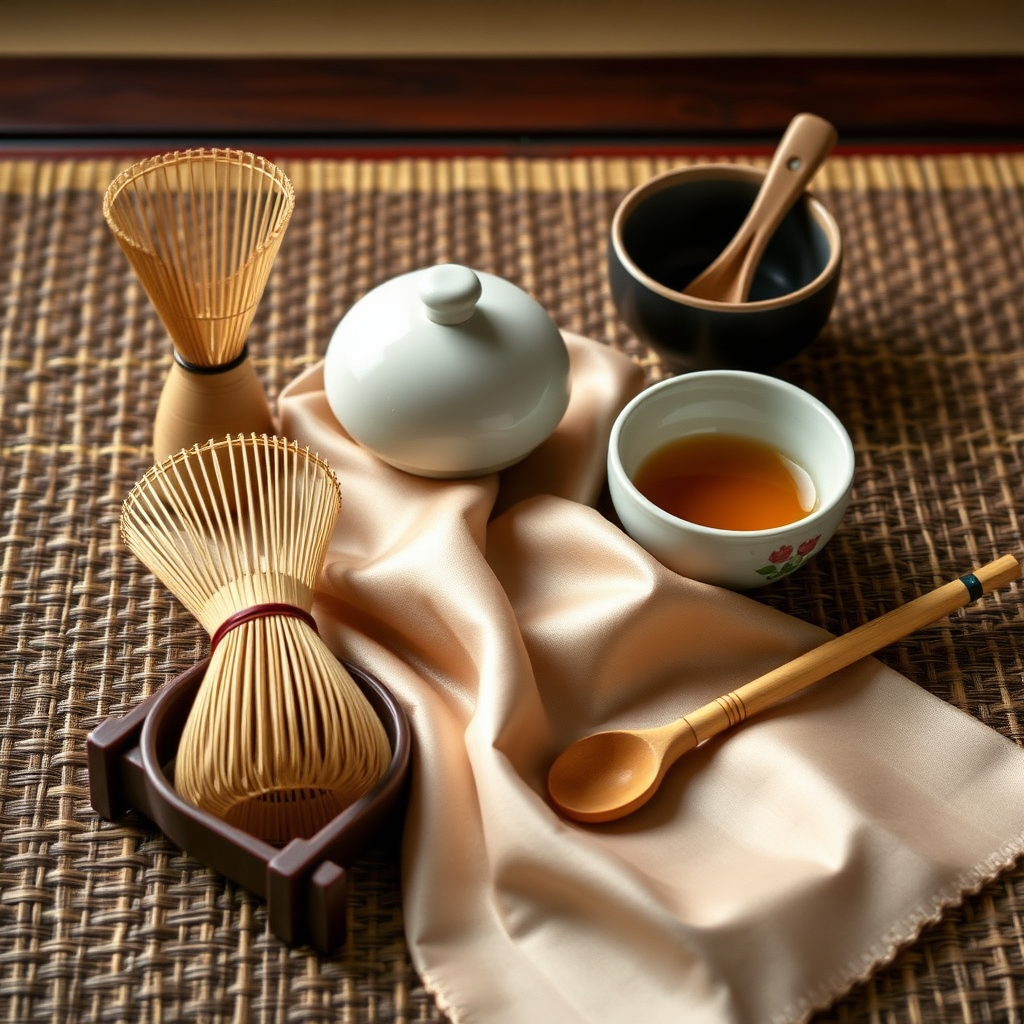
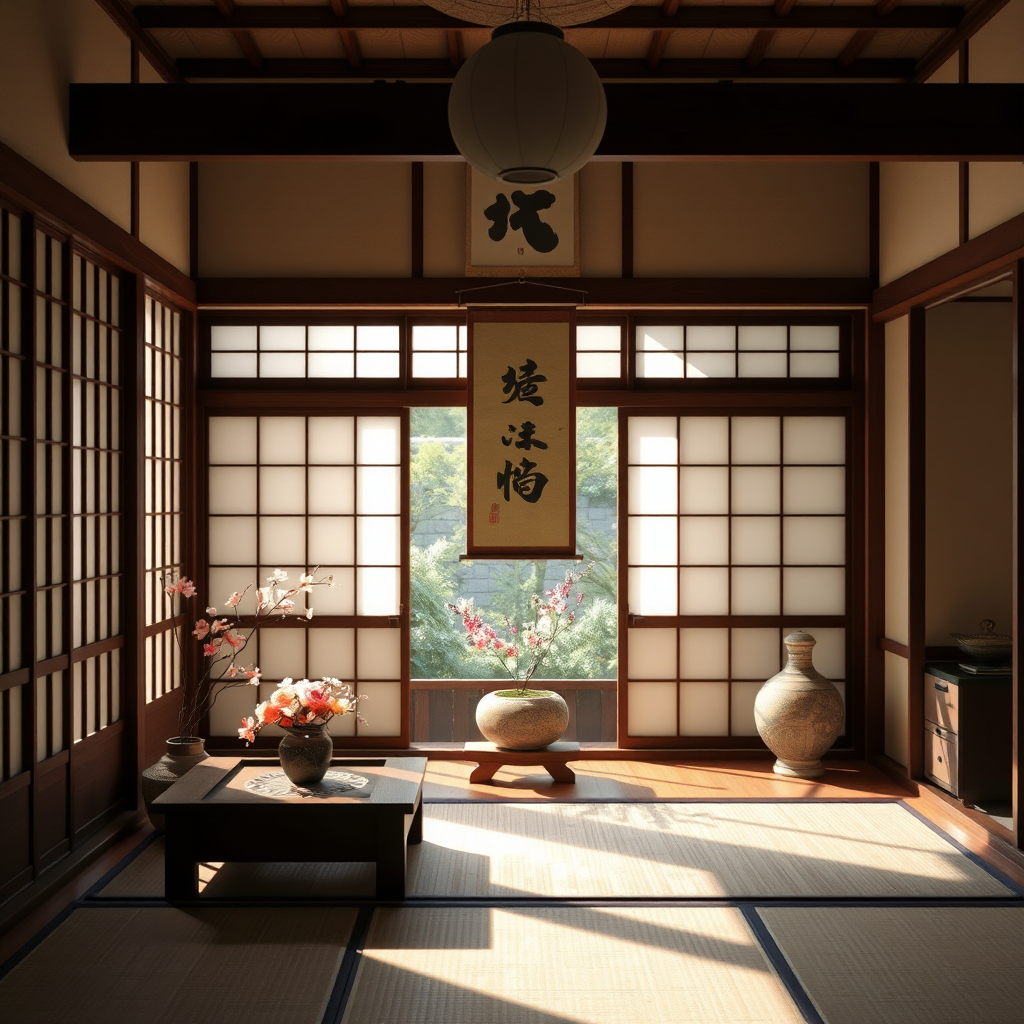
Experiencing Authentic Tea Ceremonies
For those seeking to experience this profound cultural practice firsthand, both Tokyo and Kyoto offer exceptional opportunities to participate in authentic tea ceremonies. In Tokyo, the historic Happo-en Garden provides traditional tea ceremony experiences in stunning seasonal settings, while the Urasenke Foundation offers more formal instruction in the classical style.
Kyoto, as the spiritual heart of traditional Japan, presents even more immersive opportunities. The famous Kenninji Temple hosts regular tea ceremonies in its ancient halls, and the Gion district offers intimate experiences where visitors can learn from master tea practitioners who have dedicated their lives to preserving this sacred art.
Planning Your Tea Ceremony Experience
When participating in a tea ceremony, arrive with an open mind and respectful attitude. Wear modest, comfortable clothing that allows you to sit seiza-style (kneeling). Most experiences include instruction on proper etiquette, making them accessible to beginners while remaining meaningful for those familiar with the practice.
The Living Heritage of Japan
The Japanese tea ceremony stands as a testament to Japan's ability to transform everyday activities into profound spiritual practices. Through japan cultural tours that include authentic tea ceremony experiences, visitors gain insight into the philosophical depth and aesthetic refinement that characterize traditional Japan.
This ancient art continues to thrive in modern Japan, with tea schools maintaining centuries-old traditions while adapting to contemporary life. Whether experienced in a formal temple setting or an intimate private gathering, the tea ceremony offers a window into the Japanese soul—a moment of peace, reflection, and connection in our increasingly fast-paced world.
As you embark on your own journey through Japan's cultural landscape, consider the tea ceremony not just as an activity to observe, but as an invitation to slow down, appreciate beauty in simplicity, and discover the profound wisdom embedded in traditional Japanese practices. In each carefully prepared bowl of matcha lies the essence of a culture that has mastered the art of finding the extraordinary within the ordinary.
